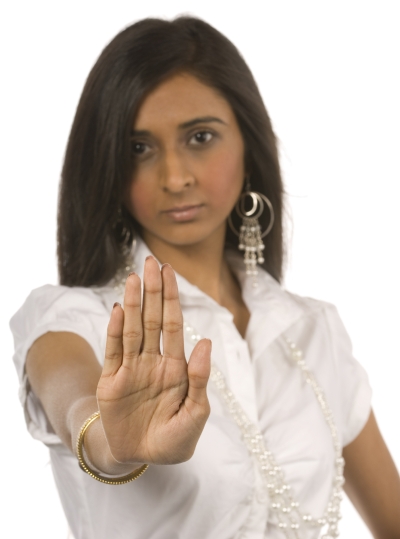January 21, 2014
The phrase "that’s so gay" has persisted as a way for students to describe things they do not like, find annoying or generally want to put down, while it is promising that fewer students are hearing homophobic slurs than in previous years.
The phrase is used so commonly that many students no longer recognize it as homophobic because it is “what everyone says.” When educators and other adults intervene, common student responses include “I was just joking,” “I don’t mean actual ‘gay people’ when I say ‘that’s so gay’” and “My friend is gay, and she doesn’t mind.”
This year marks the 10th anniversary of the Gay, Lesbian & Straight Education Network (GLSEN) No Name-Calling Week. In its 2011 National School Climate Survey, GLSEN’s findings remind us of the work that still needs to be done.
- 84.9% of students heard “gay” used in a negative way (e.g., “that’s so gay”) frequently or often at school, and 91.4% reported that they felt distressed because of this language
- 71.3% heard other homophobic remarks (e.g., “dyke” or “faggot”) frequently or often
- 61.4% heard negative remarks about gender expression (not acting “masculine enough” or “feminine enough”) frequently or often
These kinds of responses represent the slippery nature of bias and how easily youth can reflect larger social attitudes about difference. Biased language, when it isn’t checked, can escalate to harsher behavior like bullying, and may contribute to an emotionally, and potentially physically, unsafe school environment.
Here are three things adults should consider when intervening against biased language:
- Assume good will. Bias is pervasive, and in all likelihood a student is unknowingly reflecting a bias they heard from peers, the media or family members. The student will likely be open to feedback and dialogue. If they do not believe LGBT people should be mistreated, their language should reflect that.
- Stay focused, and do not allow yourself to be immobilized by uncertainty or the enormity of the topic. Intervening in homophobic remarks does not require a discussion about sexuality or the history of anti-LGBT slurs. It is about using language appropriately and in a way that shows respect for diversity.
- Be clear about the bias behind the words. Good people sometimes say cruel things. It doesn’t matter if the student didn’t intend to be homophobic, because a negative comment about any group has the potential to hurt individuals and whole communities. While intervening doesn’t require a discussion about sexuality or teaching about the history of LGBT people and/or slurs, the teacher may decide that some classroom instruction in these areas is useful.
For more resources, visit ADL’s additional resource page and Curriculum Connections to download Unheard Stories: LGBT History curriculum resource.








